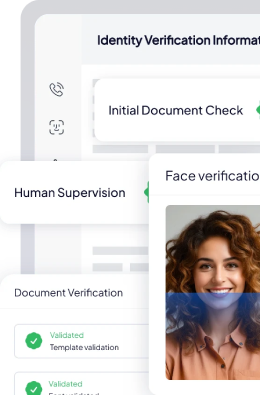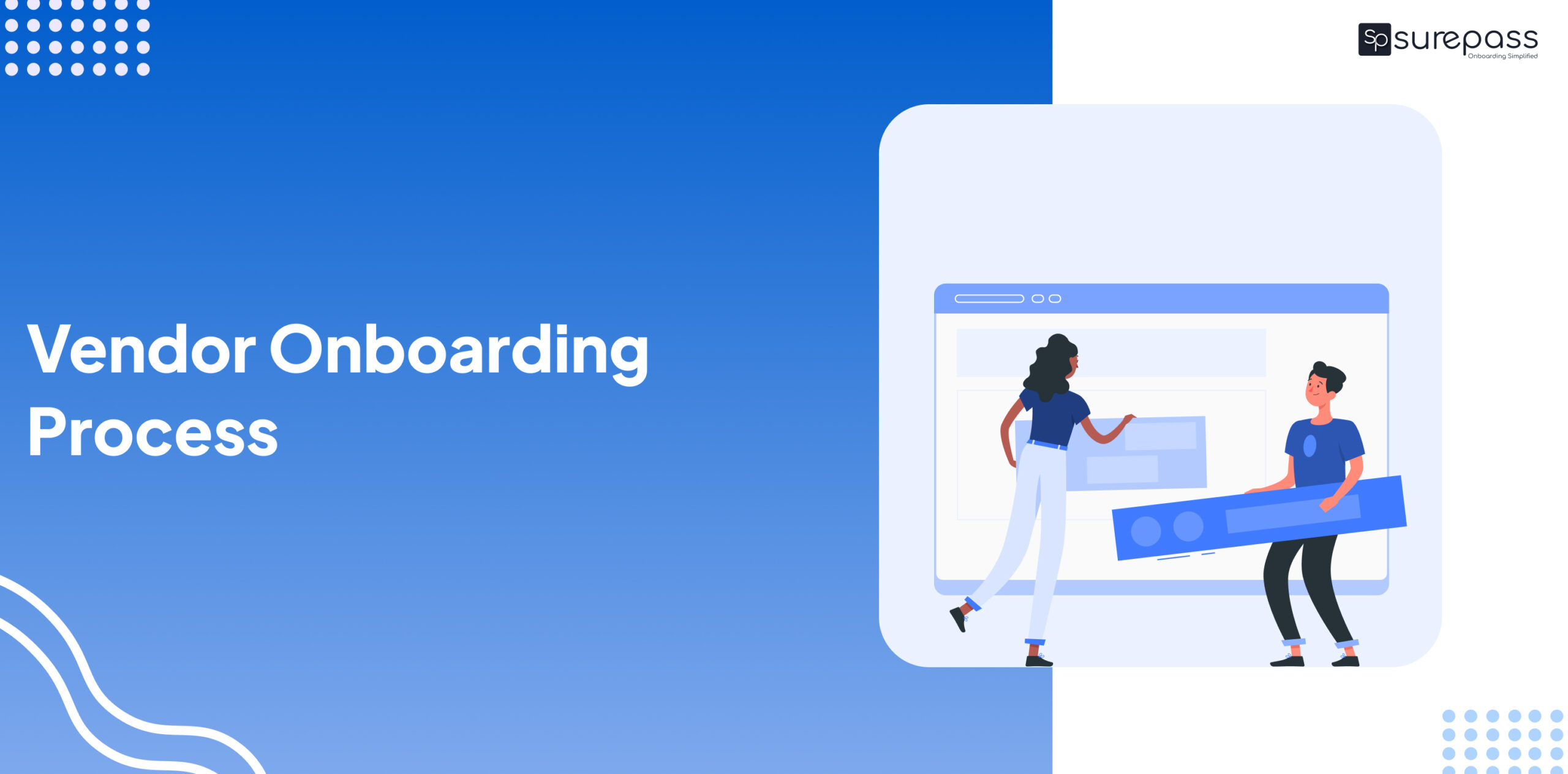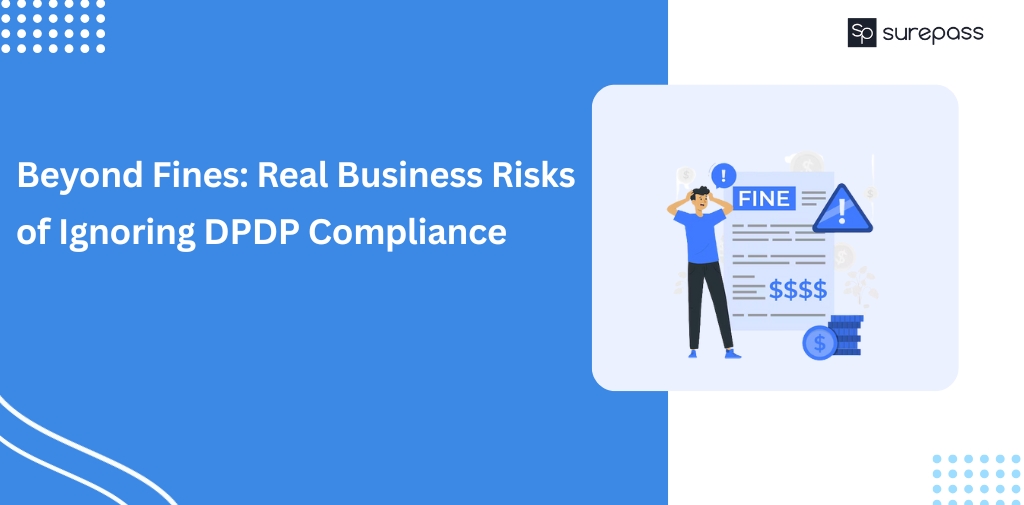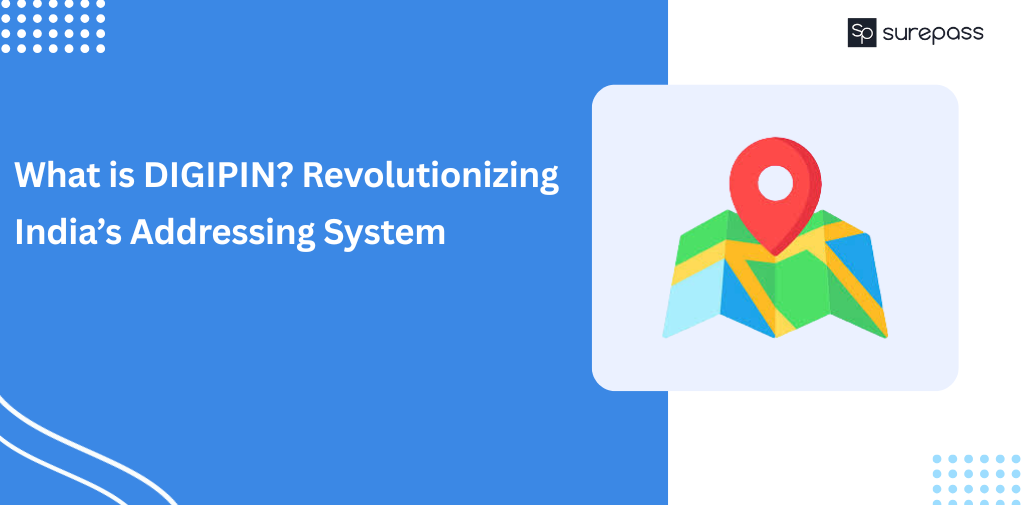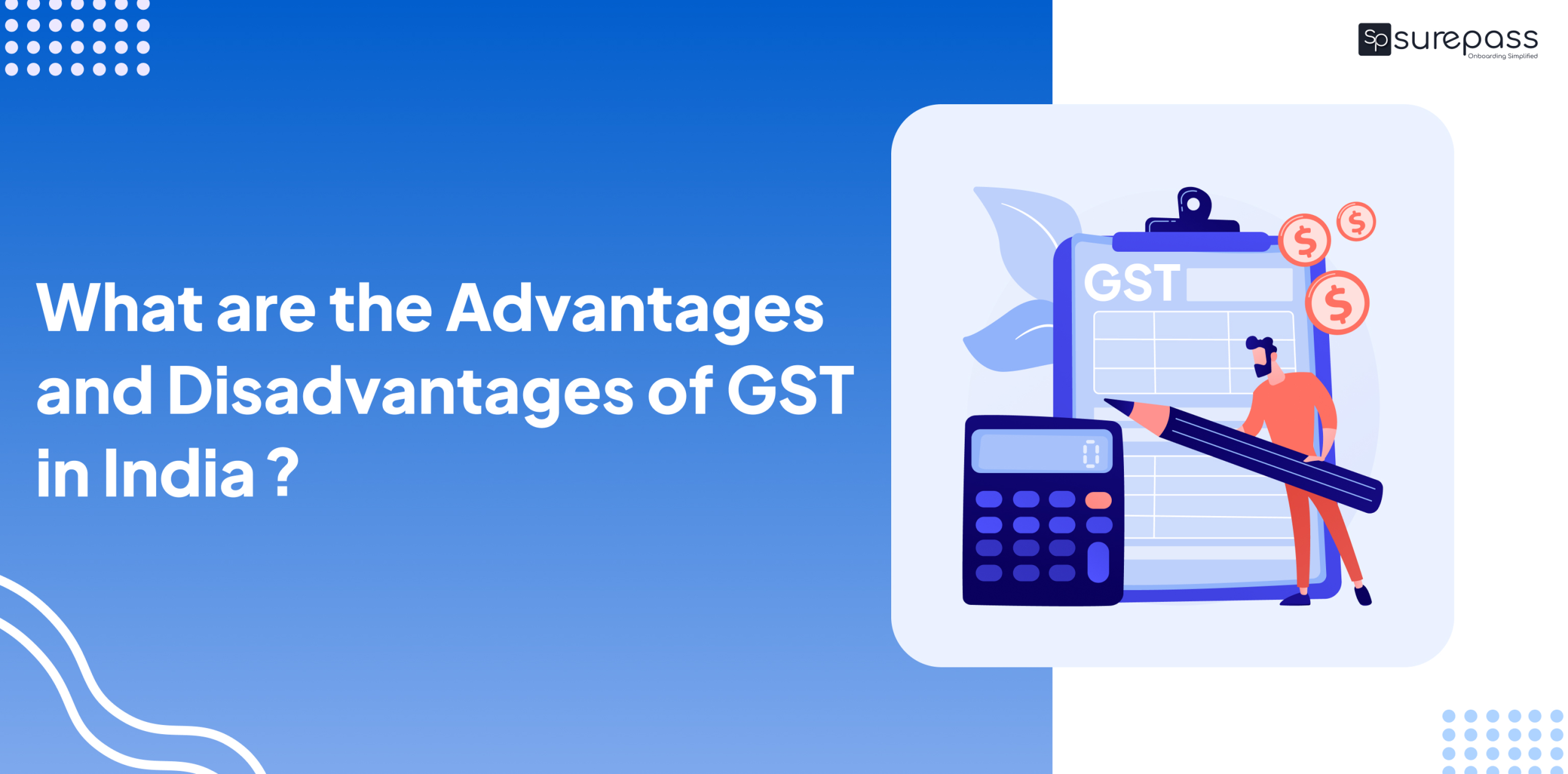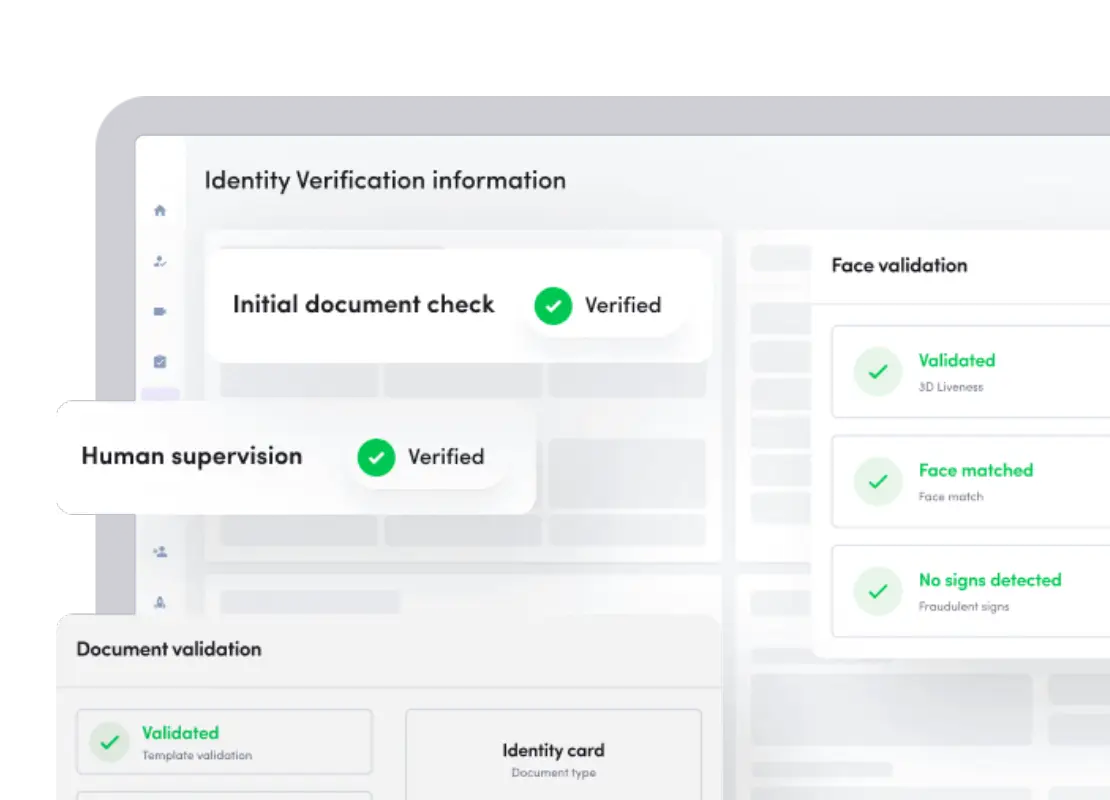What is vendor onboarding?
Vendor onboarding is often referred to as supplier onboarding or vendor intake, is the procedure of obtaining and supplying data in order to develop a connection with a new provider.
New suppliers respond to common inquiries and supply paperwork as required during onboarding. After that, they get more information about the business and direction regarding its procedures, policies, standards of conduct, and compliance. Ensuring that all parties have the necessary data and documentation to collaborate effectively, reduce risk, and optimize the benefits of the collaboration is the aim.
Permit you to buy products and services from the business before making a transaction. Compiling information and establishing standards
Benefits of Vendor Onboarding Process
An effective onboarding process for vendors is essential to the entire supplier experience. It most likely ought to be included in your supplier relationship management strategy if it isn’t already. Creating a seamless vendor onboarding process has several advantages.
- Presents important actors, encouraging cooperation
- Guarantees reliable data gathering
- Makes the process of engaging stakeholders apparent
- Enhances project management and implementation
- Reduces risk and confirms compliance and security certifications
- Increases long-term ROI and shortens time to value while improving overall vendor engagement
Forms of vendor onboarding process
The vendor onboarding process is approached in two main ways: first, when a company grants a contract, and second, when a vendor initiates the process. Based on your needs, you can use one or both of them.
- Onboarding following an RFP
An organization solicits information from potential suppliers about decisions by sending out a request for proposals, or RFP. The project’s stakeholders then evaluate the RFP and choose the best candidate to receive the contract. In this case, when contracting and negotiating with the new supplier are finished, vendor onboarding would start.
Businesses that employ this technique only share onboarding data with live, active vendors. For both sides, the cooperation is timely, tailored, and extremely focused because the RFP has already established the foundation and there is a clear objective for the engagement. One benefit is that you may dedicate time to vendor onboarding only when necessary.
- Vendor-prompted intake
Large and enterprise-sized companies usually adopt the second method of vendor onboarding. Under this paradigm, a potential supplier initiates the vendor onboarding process proactively. The vendor gives their information even if the company might not need it right now in the hopes that it would be taken into consideration for contracts or requirements on the road. Businesses that employ this strategy frequently lead interested individuals to a vendor profile or vendor onboarding form on their website.
Step by step process of Vendor Onboarding Process
- Understanding your Vendors
The first step in the onboarding process is adding suppliers to your database, which is further solidified by gathering documentation. It makes sure that you collaborate with organizations that are professional and that you are aware of their goals. It reaffirms the agreement that your vendors would adhere to the standards and guidelines established by regulatory bodies.
- Verifying their Documents
Verification of the documents is the next stage in the procedure. The vendor’s information and documentation will be compared to the company’s standards by the verification team. Whether the vendor can work for the firm or not will be determined by them.
- Communicate your expectations and requirements
The suppliers will receive an explanation of the whole operational procedure from the onboarding team. They will tell them of the details and the demands of the firm. It will guarantee that the suppliers follow the company’s guidelines and provide quality work.
- Include them in the Marketplace and introduce your software
The onboarding team is informed of the verification team’s decision to accept or reject the vendor. The onboarding staff will add the suppliers to the marketplace, install the necessary software, and walk them through the process if their application is accepted. In the event of a denial, the onboarding team may request the necessary extra papers to resolve the matter.
Automate your KYC Process & reduce Fraud!
We have helped 1000+ companies in reducing their user onboarding TAT by 95%
Vendor Onboarding Process- Checklist
A comprehensive and valuable vendor onboarding process is a must for each kind of vendor operating in any sector. It serves as the cornerstone of a strong and resilient supply chain for your company, enhancing its competitive edge, preventing fraud, assessing and mitigating risk, increasing profitability, and enhancing its reputation.
- Standards for Approval and Evaluation
As was previously said, the foundation of vendor onboarding is rigorous due diligence, which informs decisions and fosters the development of mutually beneficial partnerships. You may verify that a vendor is legitimate and capable of meeting your company needs by looking at their service history, credit history, key financial ratios, peer comparison, litigation, related entities, etc. The required documents are:
- Vendor Onboarding Procedures and Policies
- Vendor Ethics Guideline
- Code of Ethics for Vendors
- Template for an email requesting approval
- Vendor Assessment Table
- Vendor Risk Evaluation Chart
- Vendor Registration Form
- Extra Governance Requirements for Vendors of Strategic Importance
- Specifying the Needs and Expectations of the Vendor
After the legitimacy and suitability of the vendor are established, the negotiation procedure proceeds to the precise business needs. The details chosen at this point are necessary to help create responsibility and set expectations. During these talks, you should provide the following to the vendor (note that these are generic tick-offs and may differ depending on the type of business):.
- Quantity of needs
- Lead time (beginning to end)
- Procedures and requirements for orders
- Equation of pricing
- Conditions of credit and payment
- Delivery standards
- prerequisites for training
- Vendor Agreement/Master Service Contract
- Outlining the Vendor’s Requirements and Expectations
Following the determination of the vendor’s appropriateness and legitimacy, the negotiating process moves on to the specific business requirements. The choices made thus far are essential in order to establish expectations and foster accountability. You should give the vendor the following information during these discussions (keep in mind that these are general tick-offs and may vary based on the type of business):.
- Amount of necessities
- Lead time (from start to finish)
- Protocols and specifications for directives
- Formula for pricing
- Terms of payment and credit
- Delivery requirements
- Requirements for instruction Master Service Contract/Vendor Agreement
Conclusion
Companies may now maintain a regular monitoring system to do risk profile checks on third parties and raise red lights on connected risk indicators, thanks to automated technologies like Surepass. The length of time it takes to onboard a vendor might vary depending on the intricacy of the products or services they offer, the size of their company, and the volume of paperwork they have. Complete vendor onboarding might take anything from a few weeks to many months. The specific schedule will depend on the policies and practices of the organization handling the onboarding process.
